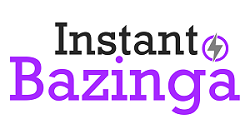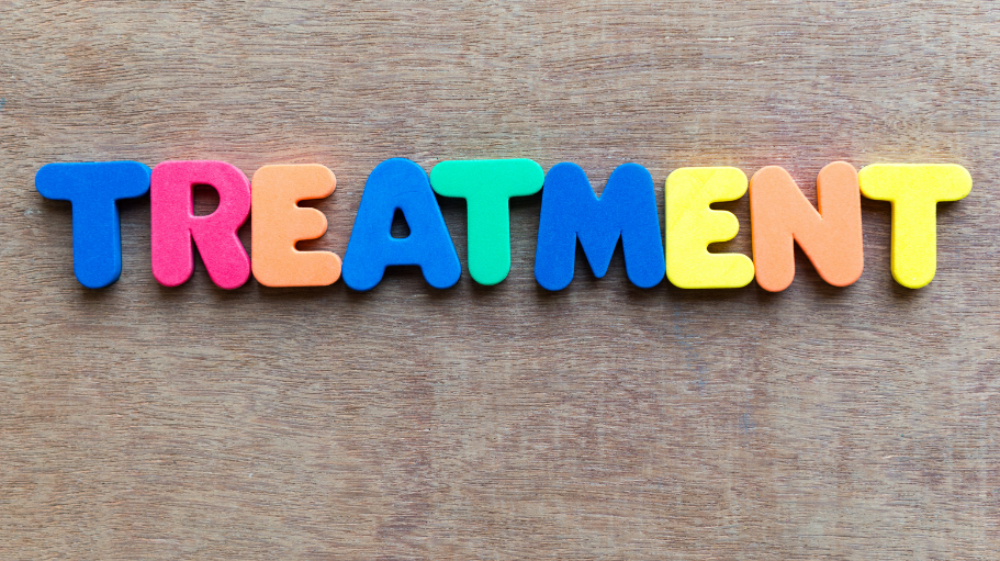Various myths and misconceptions surround the treatment of addiction, and naltrexone is no exception. This article aims to dispel these falsehoods and clarify the facts about naltrexone therapy so that those considering this treatment can make informed decisions.
Understanding Naltrexone
Before diving into the misconceptions, let’s first establish a clear understanding of what naltrexone is and how it works. Naltrexone is a medication commonly used in the treatment of opioid and alcohol use disorders. It works by blocking the effects of opioids and alcohol in the brain, effectively reducing cravings and preventing relapse. Listening to a naltrexone podcast can also be helpful in understanding the medication and its benefits. These podcasts often feature experts in the field, sharing their knowledge and personal experiences with naltrexone therapy.
Dispelling Common Misconceptions
One of the major challenges in advocating for naltrexone therapy is overcoming misconceptions related to the medication and the treatment process. Let us debunk some common misconceptions:
Misconception 1: Naltrexone is the Same as Naloxone
Although they share similar names, naltrexone and naloxone are two distinct medications with different purposes and mechanisms of action. Naltrexone is typically used as a treatment for alcohol and opioid addiction, while naloxone serves as an emergency antidote to opioid overdose. By knowing the difference between naltrexone and naloxone, individuals can better understand the purpose of each medication and how they should be used.
Misconception 2: Naltrexone will Cure Addiction
Although naltrexone can be incredibly useful in addiction treatment, it is essential to recognize that it is not a “magic bullet” that cures addiction on its own. Addiction is a complex disease that requires a multi-faceted treatment approach, often incorporating therapy, counseling, support groups, and lifestyle changes. Naltrexone can help control cravings and prevent relapse, but it is just one part of a comprehensive treatment plan.
Misconception 3: Naltrexone is Only for Severe Cases of Addiction
Naltrexone can be an effective treatment option for people with mild to moderate addiction as well. The goal of using this medication is to help individuals manage their cravings, avoid relapse, and maintain long-term sobriety – goals that are applicable to anyone, regardless of the severity of their addiction.
Conclusion
Naltrexone therapy offers immense potential in treating addiction, but misinformation and misconceptions can often hinder individuals from seeking this type of treatment. By understanding the facts about naltrexone and addressing common myths, we can break down barriers and help more people access this life-changing treatment option.




